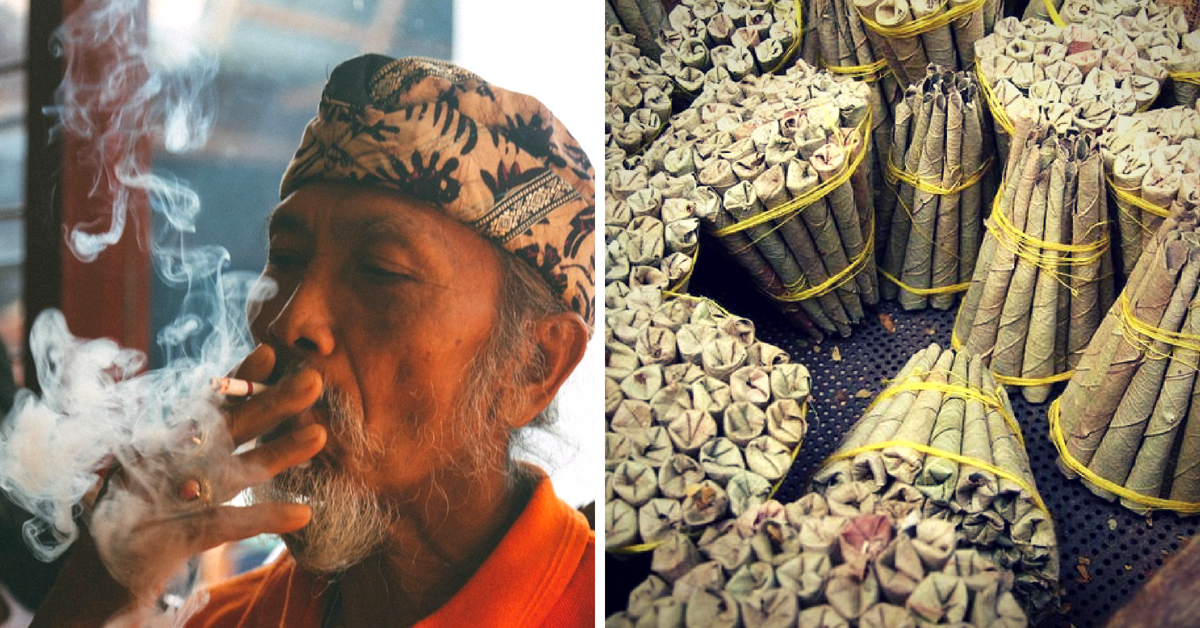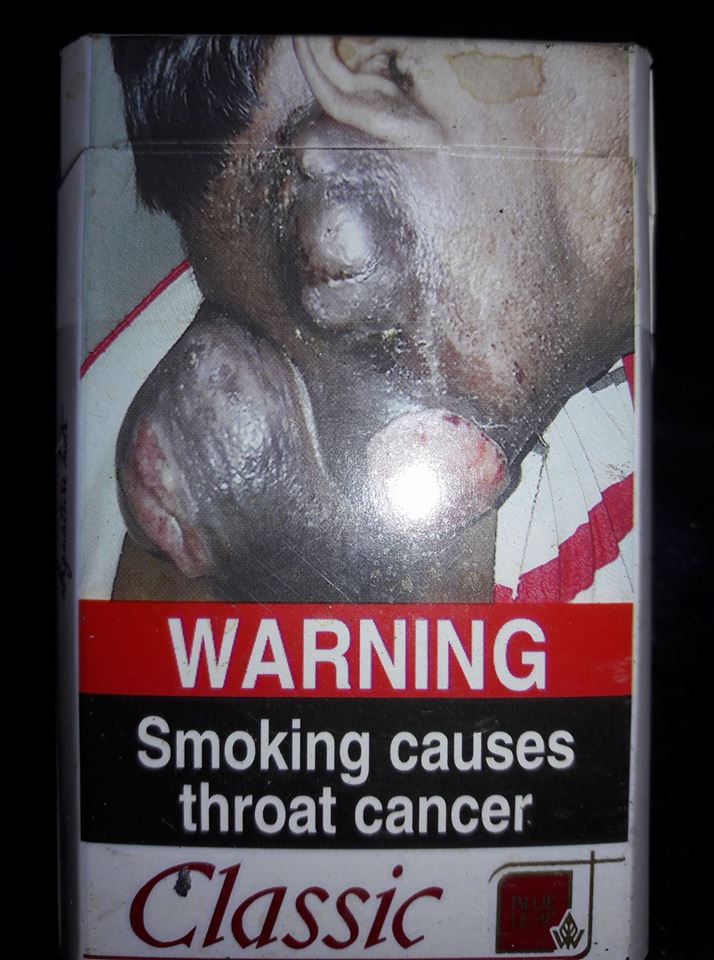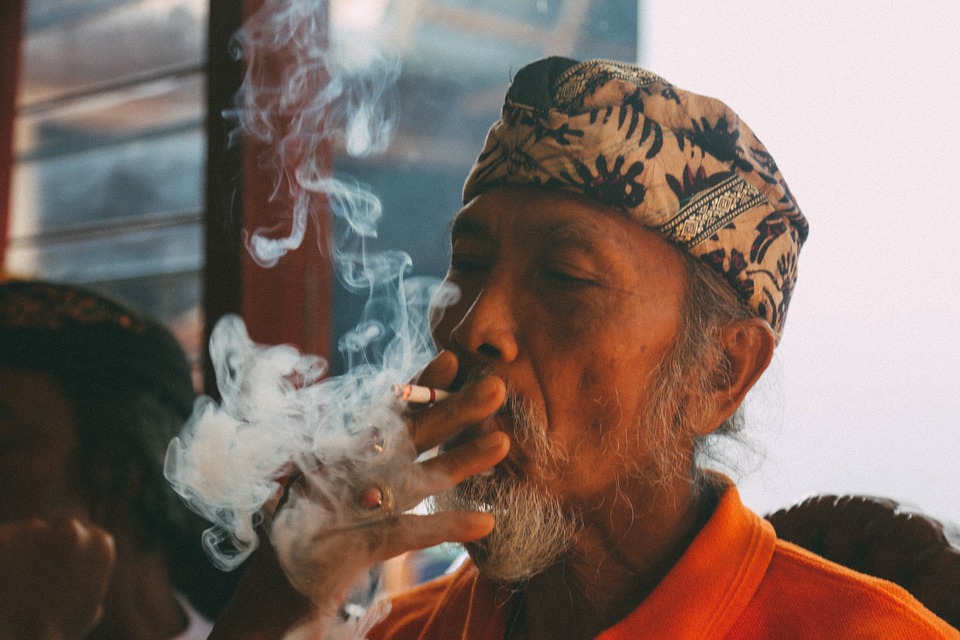World No Tobacco Day: Banning Tobacco Isn’t The Answer, Here’s What Can Work
More than a million Indians die from tobacco-related health hazards every year.

In a significant announcement, the Centre announced that it would extend the duration of the existing pictorial warnings on tobacco products till August 31.
Back in September 24, 2015, the Health Ministry had ordered that all tobacco products must have health warnings covering 85% of the principal display area from April 1, 2016, until March 31, 2018.
The Supreme Court is currently hearing a petition challenging the Karnataka High Court, which passed an order last December striking down the 85% pictorial warning order. This is a significant battle primarily because more than a million Indians die from tobacco-related health hazards every year. More worryingly, the World Health Organisation states that the economic burden stemming from tobacco-related health hazards stands at a whopping Rs 1,04,500 crore per year.
However, the Centre’s policy, which seeks to make consumers more aware of the debilitating effects of tobacco is witnessing a serious pushback from the tobacco industry. Some top honchos in the tobacco industry have called the decision “impractical,” while others have cited a growing incidence of cigarette smuggling and loss of livelihood for farmers growing tobacco.
Nonetheless, the government’s assessment titled Global Adult Tobacco Survey (GATS) 2016-17 said that 62% cigarette smokers and 54% bidi smokers had strongly thought of quitting as a result of the 85% pictorial warning order. The survey went onto add that pictorial warnings serve as the most cost-effective tool for educating citizens on the dangers of tobacco consumption. Even the WHO argues for the same, backing the government’s position on pictorial warnings.

Australia has introduced plain packaging (removal of all branding) and allied with massive pictorial warnings; this move has resulted in a “statistically significant increase” in the number of people who have either thought about or made attempts to quit smoking.
“Graphic health warnings sound a ringing alarm each time a tobacco user—whether current or prospective—reaches for that tobacco pack,” writes Nandita Murukutla, a public health expert, for Scroll.in. “These images empower individuals to make a more informed choice about what they are doing to themselves and others when they use tobacco.”
According to Professor Melanie Wakefield, a researcher with the Cancer Council Victoria, before plain packaging, nearly 20% of those surveyed made attempts to quit smoking over one month. “After plain packaging, nearly 27 percent of people made quitting attempts,” she told ABC.
In fact, multiple studies in Australia have shown that smokers were more inclined to hide away the graphic warnings-labelled tobacco packets when plain packaging was introduced. More importantly, these studies show that graphic warnings have put off many young potential smokers.
“That’s a significant outcome because high brand appeal and brand image is critical to predicting young people taking up smoking,” Professor Wakefield told ABC.
Also Read: A Doctor Shares the 6 Steps That Could End Tobacco Use
In India with lower levels of literacy and a poor public education system, these images will hold greater sway in preventing young adults from picking up the habit.

Currently in the country, whether a movie is being screened at a cinema hall or a TV channel, it is preceded and interjected by public service advertisements and a sign appended along with specific disclaimers proclaiming “smoking kills” or “smoking is injurious to health.”
Moreover, many celebrities like Amitabh Bachchan and Rahul Dravid have come out on social media or appeared in public service announcements, talking about the harmful effects of smoking, and have urged people to quit the cigarette addiction, while some have advocated for banning tobacco-related products altogether.
Although their intentions may come from a good place, the consequences are often worse, as seen in numerous attempts to prohibit liquor. For starters, the tobacco industry employs roughly 3.5 million people. How will the government or those advocating for a complete ban reskill or find other employment avenues for those whose livelihoods depend on tobacco?
Another problem with a complete ban on tobacco is that consumers will begin purchasing cigarettes, bidis, khaini, etc. from the black market, where there is a severe lack of quality control, thus putting them at greater risk. Those who want to smoke or consume tobacco products will find someone willing to service those needs. Therefore, putting greater pictorial warnings on packets or raising the cost of buying tobacco product through steeper taxes works better.
Also Read: Once Tobacco Farmers, This Karnataka Couple Now Grows 15 Kinds of Ladies Finger
However, on the subject of taxes, it’s imperative to understand the distinction between cigarette smoking and bidis/non-smoking tobacco. According to the GATS 2016-17 survey, bidis, chewing tobacco and khaini make up 89% of total tobacco consumption, as compared to 11% for cigarettes.

“All tobacco-related products have been placed in the 28% tax slab. Additionally, a National Calamity Contingent Duty (NCCD) and a cess charge have been imposed on cigarettes and smokeless tobacco. The pre- and post-GST impact on prices of tobacco-related products is useful in the context of pricing multiple forms of tobacco products in India.
Except for a price drop in the smallest pack size of bidi, there has only been a marginal rise in the price of bidi for other pack sizes after the roll-out of the GST. Further, the price of an average bidi pack has been increased by 20 paise. In comparison, the price rise post-GST is much higher for cigarettes,” says this study by the Institute for Competitiveness, which was published in The Hindu.
Moreover, the average unit price for bidis (20 paise–Re 1)/smokeless tobacco is much lower than cigarettes (Rs 5–15). Thus, large segments of consumers, especially from the lower income brackets, take to bidi smoking or tobacco chewing over cigarettes, making them more vulnerable to the disastrous economic fallout of incurring greater health costs.

In fact, those who smoke bidis face a greater risk of contracting pulmonary tuberculosis, lung disease, cardiovascular disease and cancer, among other diseases because of a higher concentration of nicotine. Moreover, the tobacco is packed less tightly in bidis than cigarettes, thus compelling the consumer to inhale with greater force.
Nonetheless, those who control the bidi industry in India are among the most powerful politicians in this country cutting across party lines with businesses amassing crores of rupees. Thus, they have been able to squeeze major concessions from the government.
On tax, the Institute of Competitiveness has some interesting suggestions for the government:
1) Removal of all excise and other tax exemptions irrespective of the size of the unit.
2) Restriction on the sale of loose sticks.
3) Raising taxes/duties on bidis and smokeless tobacco by a significantly higher level to narrow the gap between the price of bidis and smokeless tobacco vis-à-vis cigarettes.
Steeper taxes are also something the WHO advocates. In the Global Tobacco Epidemic 2015 report, it found that a 10% rise in the price of tobacco products cuts down consumption between 2-8% in developing nations. Thus, stepping up taxes further, especially on bidi/smokeless tobacco, will not save millions of India’s poor, but also protect its fiscal health.
(Edited by Gayatri Mishra)
Like this story? Or have something to share? Write to us: [email protected], or connect with us on Facebook and Twitter.
NEW: Click here to get positive news on WhatsApp!

Similar Story

Would Your Parents Support You Taking Therapy? This Mental Wellbeing Survey Reveals an Unseen Change
An ITC Fiama survey on mental health shows 80% of Indians trust their parents to back them in seeking therapy, signalling a change in how its perceived by Gen Z, millennials, and their parents.
Read more >
If you found our stories insightful, informative, or even just enjoyable, we invite you to consider making a voluntary payment to support the work we do at The Better India. Your contribution helps us continue producing quality content that educates, inspires, and drives positive change.
Choose one of the payment options below for your contribution-
By paying for the stories you value, you directly contribute to sustaining our efforts focused on making a difference in the world. Together, let's ensure that impactful stories continue to be told and shared, enriching lives and communities alike.
Thank you for your support. Here are some frequently asked questions you might find helpful to know why you are contributing?


This story made me
-
97
-
121
-
89
-
167












